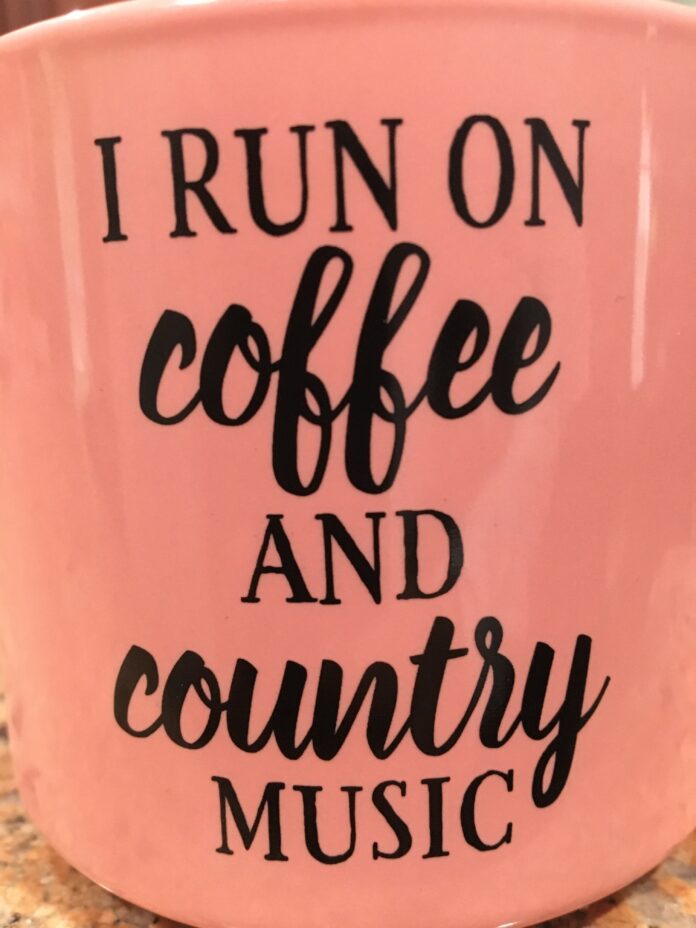Coffee 🙂
A delicious cup of hot coffee between my hands is one of my favorite ways to start the day. I prefer my daily cup (or 2) to be black and as warm as I can tolerate it. It not only serves as a little boost but it also just makes me happy. I love the taste and smell but most of all, I love that I can actually drink it. With a sulfite sensitivity, the list of things I can’t have to eat or drink is long. The list of what I can have, instead seems short. Especially when it comes to beverages.
Too Many Beverages Contain Sulfites
Most store bought fruit juices, sodas, cocktails and many bottled waters are off limits for me. Since sulfites can be used as a preservative, to prevent fermentation and prevent discoloration, many commercial beverages use these additives to maintain freshness. Juices may contain high fructose corn syrup. Sodas may contain caramel color. Meanwhile, though vodka can be considered safe, the usual mixers contain sulfites. Even bottled water can contain sulfates paired to magnesium or calcium when minerals are added in. (In my experience Ozarka Water and I have read that Poland Spring Water does not contain these sulfates but keep in mind not everyone who is sensitive to sulfites is sensitive to sulfates. Some like me, are).
A Word About Tea And Sulfites
Not all caffeinated beverages are created equal. Though tea leaves may not naturally contain sulfites, the process of preparing black tea leaves and tea bags can be coated in sulfites. Green tea may be safe to drink but must be loose, not bagged. From my experience, Keurig K cup green tea is easier to find than loose green tea and likely safe.
Not All Coffee Is Sulfite Free
Not all coffee is sulfite free. Some instant coffee and certain flavored Keurig K cups may contain sulfites. For the most part, I drink my coffee unflavored, black and occasionally with a bit of milk or a Latte from Starbucks. With many foods and drinks, I don’t know if I grew an affinity to something because it hasn’t made me sick over the years or if I really grew to love it. With coffee, I believe it is the latter but I do have a strong aversion to flavored coffee grounds.
The Key To Success Is Learning And Planning
For my sulfite free companions, the list of things we can’t eat and drink can be overwhelming. We spend much of our time saying or thinking ‘I can’t have that’. As with any diet, planning substitutes and keeping our safe favorites readily available helps us stay on track and healthy. Essentially, if we learn what we can’t eat, learn what to look for on labels and stick to safe alternatives we can stay feeling well.
In addition to coffee, here is a link to a nice chart giving examples of safe sulfite free vs unsafe foods.




